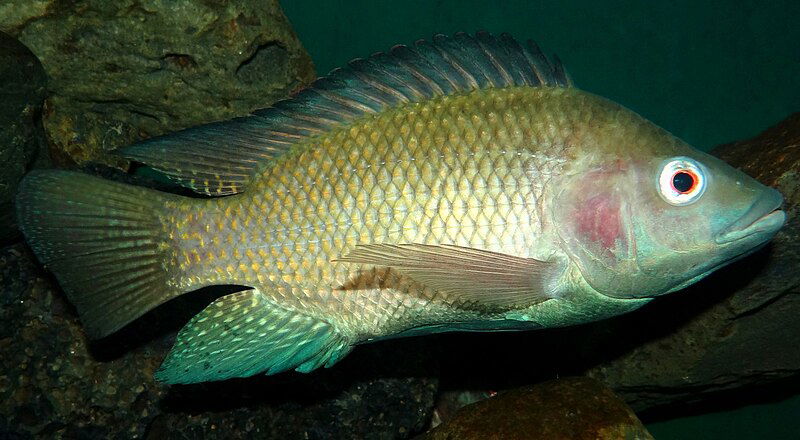Surprisingly, the seemingly harmless tilapia fish, a popular option on dinner plates all
across the world, contains a hidden secret that may cause seafood aficionados to pause.
Underneath its moderate flavor and low cost lies a troubling truth: tilapia is frequently
extraordinarily high in dioxin, a deadly toxin that has silently entered the food chain.
What is Tilapia?
Tilapia, also known as the “aquatic chicken” of the seafood world, has established a strong
presence in the global culinary landscape. Its attraction is not only culinary, but also economic,
making it a popular choice among both customers and producers.
Dioxin, which may sound abstract to some, is a class of highly poisonous chemical substances
that have a common structural characteristic. This chemical structure appears harmless,
yet it is highly dangerous and enters our environment in a deceptive way.
Health Risks Associated with Dioxin
Dioxin, a dangerous toxin discovered in some tilapia, poses serious health risks that require our attention. These dangers, substantiated by substantial scientific data, span numerous aspects of human health:
Canc3r: It may raise the risk of getting lung, breast, liver, and prostate canc3r. Dioxins disturb normal biological processes, causing uncontrolled cell development, which is a characteristic of canc3r.
Immune System Impairment: Dioxins weakened the immune system, making people more vulnerable to infections and illnesses. This impact on immunity may jeopardize overall health.

Hormonal Disruption: Dioxins can upset hormonal balance, potentially causing reproductive and developmental issues.
Liver Damage: Dioxins can affect the liver, a crucial organ that detoxifies and metabolizes. Liver disease can have far-reaching effects on overall health.
Psychological Disorders: Dioxins have been linked to psychological illnesses after long-term exposure, highlighting the chemical’s insidious character.
The Critical Need for Awareness
To make educated decisions while purchasing fish, people can take many proactive steps:

- Read Labels: Pay attention to the labeling, especially when purchasing packaged tilapia.
- Research Sources: Check the sources of your seafood. Are they known for maintaining high quality and safety standards in aquaculture or fishing?
- Consult Seafood Guides: Consult respected seafood guides and apps for information on sustainable and safe seafood options.
- Support Sustainable Practices: Opt for seafood from sustainable sources.
- Diversify Your Choices: Consider diversifying your seafood options.





